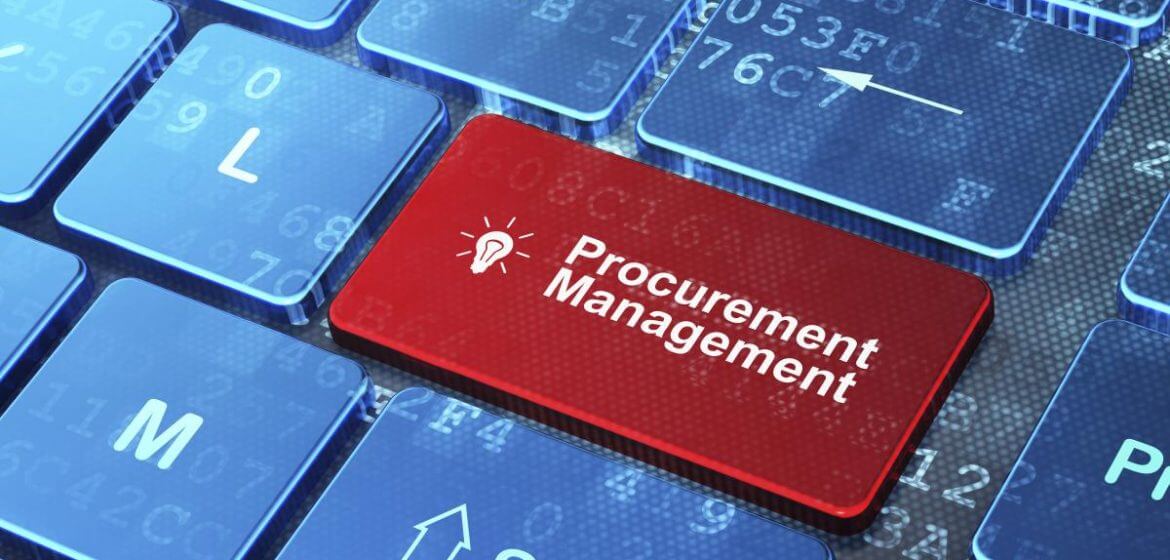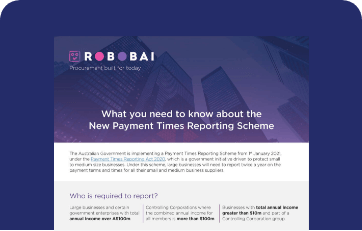- September 17, 2014
- Uncategorized
HOW TO REDUCE INDIRECT SPEND

HOW TO REDUCE INDIRECT SPEND
Reports last year from a large sample size of Procurement companies showed that 74% of participants highlighted cost reduction as their top objective for 2018. Another interesting statistic was that 70% of Procurement Executives said they would be prioritising ‘indirect spend’ as their main focus for reducing and controlling expenditure. The same survey evidences that indirect spend can account for up to a staggering 50% of a company’s entire spend. Manufacturers in particular can spend in excess of 20% of their total revenue on indirect expenditures. This makes it an obvious focus for companies to target and become more efficient.

So, what is the difference between direct spend and indirect spend and what needs to be done to reduce costs in this area?
Direct spend refers to purchases of goods and services that are directly incorporated into a product being manufactured. Examples include raw materials, subcontracted manufacturing services, components, goods and services associated with the bill of materials (BOM).
Indirect spend refers to purchases of goods and services that are not directly incorporated into a product being manufactured or the BOM. Examples include computers, protective equipment, stationery, equipment hire, janitorial services, equipment and furniture.
Indirect spend is often overlooked as it is not considered part of the final product, but looking at the statistics above it is something that clearly needs addressing in order to become fully efficient.
Robobai believes the answer to this lies in having reliable, reoccurring accurate data and an intelligent platform that not only classifies your data but tells you where the opportunities are so your strategic sourcing teams spend more time on outcomes and less time on analytics. Data shows that there is a 9% variation across the market prices for accessories like stationery, H&S equipment and many re-usable consumable products where companies are simply over spending and wasting money. So why would you consistently use the same supplier without putting some resource into analyzing the entire market place? It makes perfect sense to invest in an procurement analytics like Robobai, which in the long run can make an impact on what could potentially account for 50% of your company’s overall expenditure.
To find out how Robobai will give you intelligent insights and recommendations of how to optimise your indirect spend contact us and get the demo or call Steve Ward for more information +61 404 700 326.
OTHER RESOURCES THAT YOU MIGHT BE INTERESTED IN:

Payment Times Reporting Scheme (PTRS)
With increased transparency and obligations around payment times and practices of large businesses, it is critical that eligible entities have a thorough understanding of the requirements of the Payment Times Reporting Scheme (PTRS) to ensure they are meeting the reporting requirements on time!
Transform your business with a 360-degree view of supplier risk, compliance, spend and contracts.






